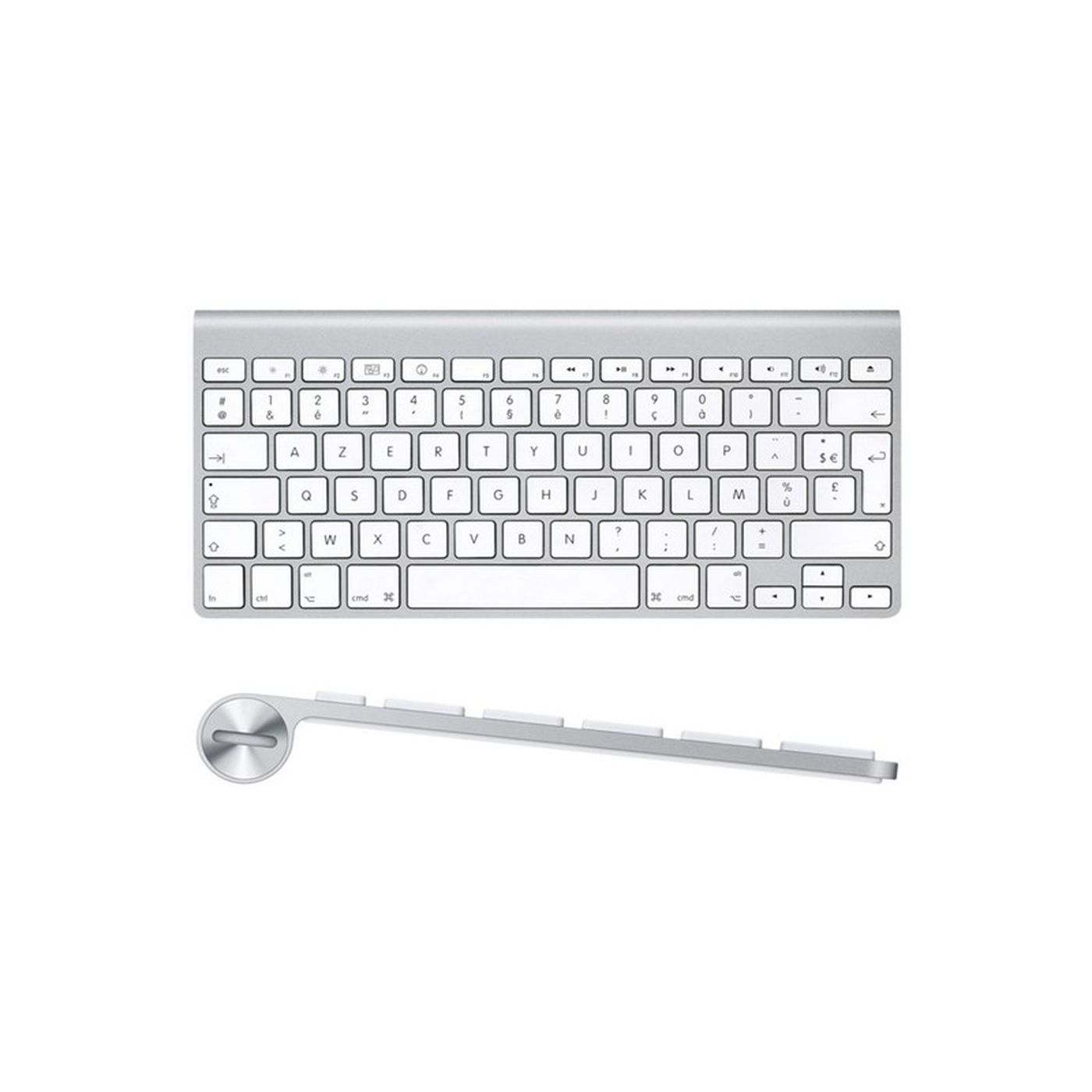New information on the Exploratory Design Group (XDG) in charge of many R&D projects
We learned a few days ago that theExploratory Design Group (XDG) at Apple was putting the finishing touches to a non-invasive glucose sensor. The journalist Mark Gurman of Bloomberg, at the origin of these revelations, tells us today a little more about this working group dedicated to somewhat special projects. The employees of the Exploratory Design Group would be made up of around a hundred engineers and university profiles who would work in the Tantau building located right next to theApple Park (probably for confidentiality reasons).
The XDG as a whole would be overseen by the cluster Hardware Technologies Groupwhose director is none other than Johnny Srouji, the master of processors at Apple. Only part of the group would be assigned to the non-invasive glucose sensor, the XDG being in fact made up of several small teams allocated to this or that project. A cult of secrecy obliges, the teams would not communicate with each other, and an engineer assigned to such and such a working group would remain linked to this group until the end of the project.
In addition to the glucose sensor, the XDG would also be working on a new generation of screen (MicroOLED?), a new battery technology for the iPhone, or even functions integrated into the Reality Pro (or its successors) for people with eye diseases, as well as other much more futuristic projects. More specifically concerning the glucose sensor, Mark Gurman delivers new revelations and affirms that Apple has succeeded in developing a photonic processor based on optical absorption spectroscopy technology: in other words, the sensor-processor would be able to deduce blood glucose level from subcutaneous lumen level.

